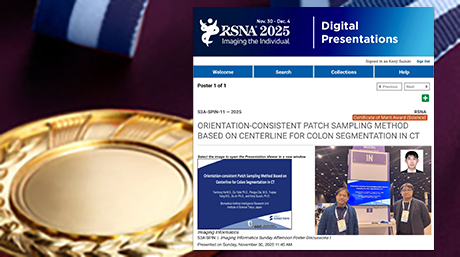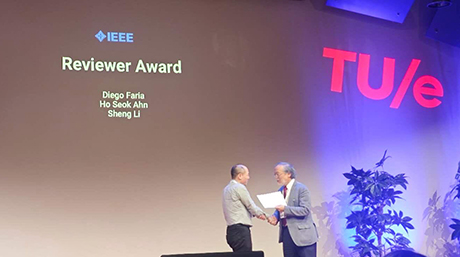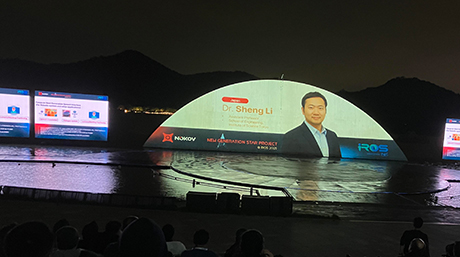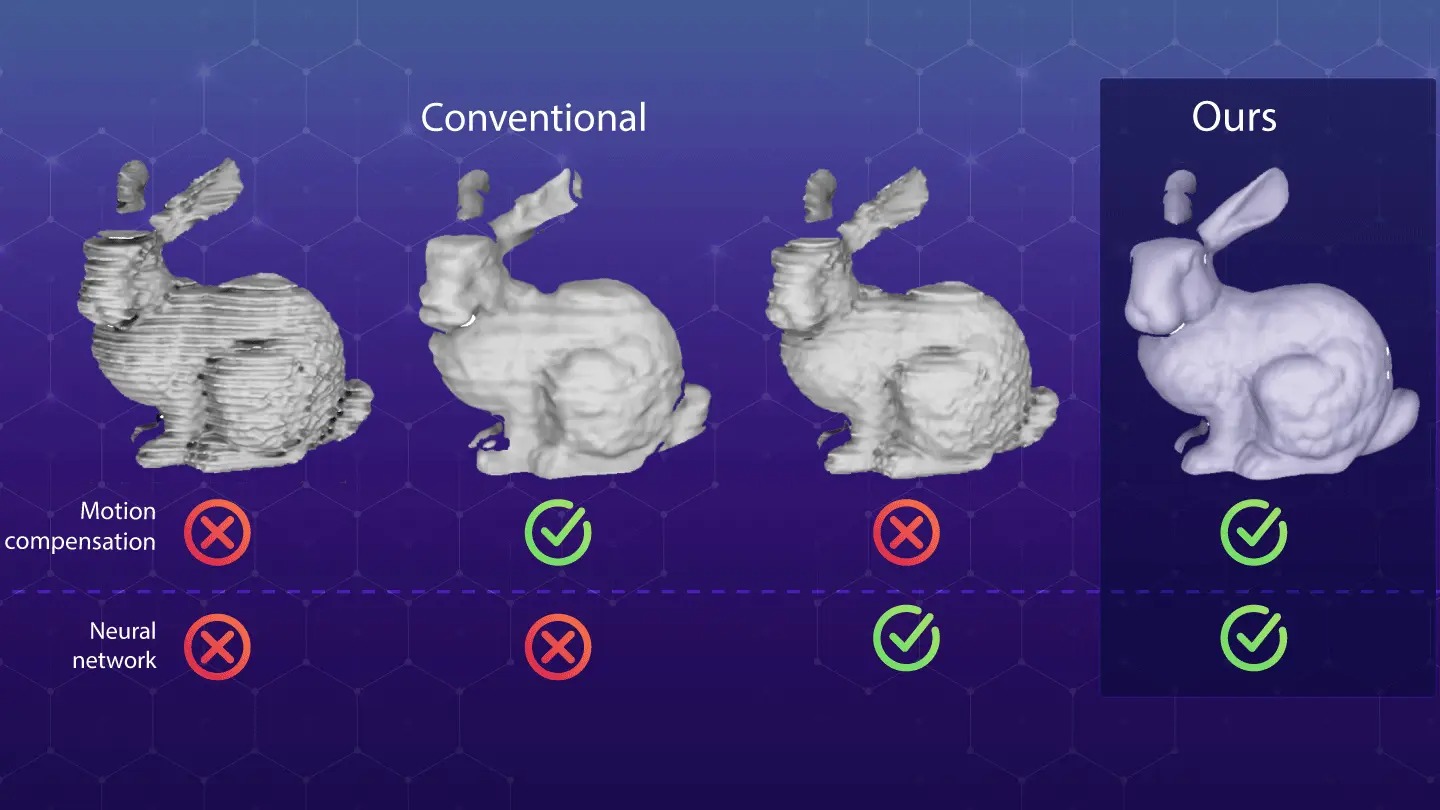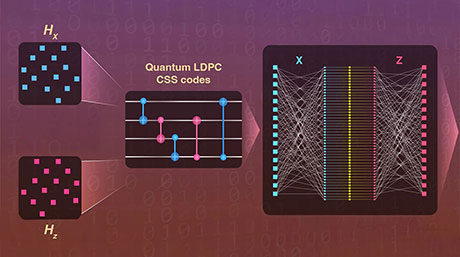Information and Communications Engineering News
Towards prosperous public goods with freedom of choice
An experimental game reveals that having the freedom to choose preferred public goods greatly increases their value by motivating more, and better, provisioning.
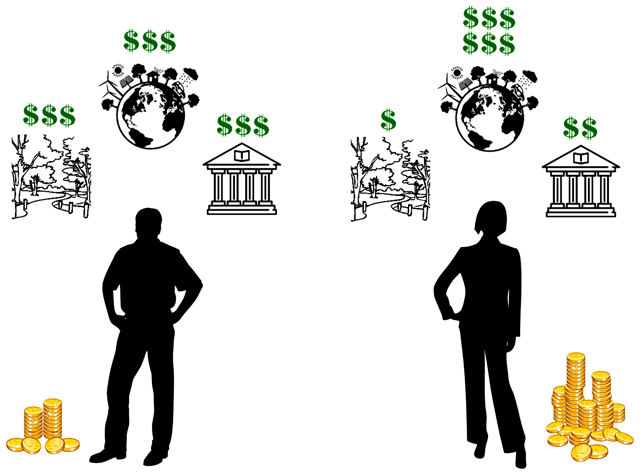
Figure 1. Sorting out priorities: How freedom of choice adds value to public goods.
- Without a possibility to prioritize their contributions (left), say, between a local park, a library, or an environmental initiative, people are less likely to participate in public-goods provision. Low participation rates, in turn, threaten the feasibility of public goods; the park may get overgrown with weeds, library construction may get canceled, and the environment may get polluted. Ultimately, there is less benefit from public goods relative to the situation when prioritizing is possible (right).
From climate and biodiversity to public health and law enforcement, public goods benefit all. They are produced or maintained through widespread participation in public-goods provision that is vulnerable to low participation rates. Avoiding this vulnerability has spurred a continuing search for better ways to promote participation.
Now, a study by an international group of researches shows that the ability to freely choose preferred public goods adds to their value by increasing participation rates. The findings offer surprising insights into human decision making, while also suggesting that societies may profit from bottom-up approaches to public-goods provision.
Decades of experiments on human behavior and public goods games have consistently confirmed that initial participation rates hover around 50 %, but then decrease due to free riding (the act of piggybacking on the goodwill of others). Recent theoretical research suggests that social networks are instrumental in offsetting free riding but so far, large-scale experiments have failed to support these theoretical predictions.
To investigate factors affecting public-goods provision, a research team coordinated by Marko Jusup from Tokyo Institute of Technology (Tokyo Tech) in Japan and Zhen Wang from Northwestern Polytechnical University in China conducted a social-dilemma experiment designed specifically to reveal what drives participation rates. Is it global characteristics of social networks or local circumstances of each individual?
The team organized a game experiment played by 596 students who were equally distributed across three social-network configurations and two experimental conditions. Under control conditions, players could only decide whether to participate in public goods provision or not. A decision to participate implied contributing one unit of wealth to each public good within their reach. The total contribution would then be multiplied by an interest rate and divided equally not only between actual contributors, but also free riders who could have contributed, but chose not to. Free riders could thus piggyback on the effort of contributors to gain benefits without sharing costs. Players under treatment conditions could additionally decide how much to contribute to each of the public goods within their reach.
A player with access to five different public goods would, by opting to participate under control conditions, contribute one unit of wealth to each of the public goods for a total contribution of five units. The same player under treatment conditions would also contribute a total of five units of wealth, but with a caveat that how much goes to each of the five public goods is subject to free will.
The study found that local circumstances are more important than the global characteristics of social networks. Changing the network configuration does not appear to affect player decisions in any significant way, whereas letting players distribute their wealth freely increases participation in public goods provision, motivates better provisioning, and thus adds value to public goods.
Remarkably, treatment conditions jump-started participation from the very beginning to form a cooperative milieu that is independent of social-network characteristics. Jusup comments: "This is surprising! We expected initial participation to be similar under both control and treatment conditions. Only later in the game did we expect gradual learning and optimization from players who could choose freely. We observed that increased participation in public-goods provision happens from the very first round of the game, as if the players could feel that extra freedoms weaken the underlying dilemma of whether to participate or not. Over time, more participation leads to more wealth, generating something akin to a free lunch for players under treatment conditions."
The study identified three behavioral types that account for the results: prosocial, antisocial, and conditional cooperators. Prosocial players participate almost unconditionally, antisocial players mostly forgo participation, and conditional cooperators refuse participation when there are no other participators around. Notably, freedom of choice seems to foster conditional cooperation, as evidenced by the fact that conditional cooperators are mostly absent under control conditions but predominate under treatment conditions. This occurs because in the latter case, players receive much clearer signals from their surroundings, and can then better gauge the overall cooperativeness of their neighbors.
There are many interesting implications for socio-economic settings. "Policymakers, for instance, could facilitate raising residential taxes by offering a portfolio of public goods for taxpayers to choose from," write the researchers in their study published in Proceedings of the National Academy of Sciences.
"And by doing so, voters could decouple long-term, life-improving, public-goods projects from the whims and fancies of political election cycles," adds Ivan Romić, a co-author of the study. "Going beyond the politics, private companies might be able to motivate customers to pay premium product prices if the premium could be directed toward a public good of customers' choosing, thus stepping up the corporate social responsibility while remaining profitable."
- Reference
| Authors : | Lei Shia, Ivan Romica,b,c, Yongjuan Maa, Zhen Wangb*, Boris Podobnikd,e,f, H. Eugene Stanleyd,g, Petter Holmeg, and Marko Jusupg,* |
|---|---|
| Title of original paper : | Freedom of choice adds value to public goods |
| Journal : | Proceedings of the National Academy of Sciences of the United States of America, July 13, 2020 |
| DOI : | 10.1073/pnas.1921806117 |
| Affiliations : |
a Statistics and Mathematics College, Yunnan University of Finance and Economics, Kunming 650221, China; b Center for OPTical IMagery Analysis and Learning (OPTIMAL), Northwestern Polytechnical University, Xi'an 710072, China; c Graduate School of Economics, Osaka City University, 558-8585 Osaka, Japan; d Center for Polymer Studies and Department of Physics, Boston University, Boston, MA 02215; e Faculty of Civil Engineering, University of Rijeka, 51000 Rijeka, Croatia; f Zagreb School of Economics and Management, 10000 Zagreb, Croatia; g Tokyo Tech World Research Hub Initiative (WRHI), Institute of Innovative Research, Tokyo Institute of Technology, 152-8550 Tokyo, Japan |
* Corresponding authors' email: w-zhen@nwpu.edu.cn, mjusup@gmail.com
- Why multipartite viruses infect plants rather than animals | Tokyo Tech News
- Study finds the hidden forces shaping urban travel | Tokyo Tech News
- Koike & Yoshimura Laboratory
- Researcher Profile | Tokyo Tech STAR Search - Marko Jusup
- Researcher Profile | Tokyo Tech STAR Search - Petter Holme
- Researcher Profile | Tokyo Tech STAR Search - Harry Eugene Stanley
- Marko Jusup | World Research Hub Initiative
- Petter Holme | World Research Hub Initiative
- H. Eugene Stanley | World Research Hub Initiative
- World Research Hub Initiative
- Institute of Innovation research (IIR)
- Latest Research News
Further Information
Assistant Professor Marko Jusup
Tokyo Tech World Research Hub Initiative
Institute of Innovative Research
Tokyo Institute of Technology
